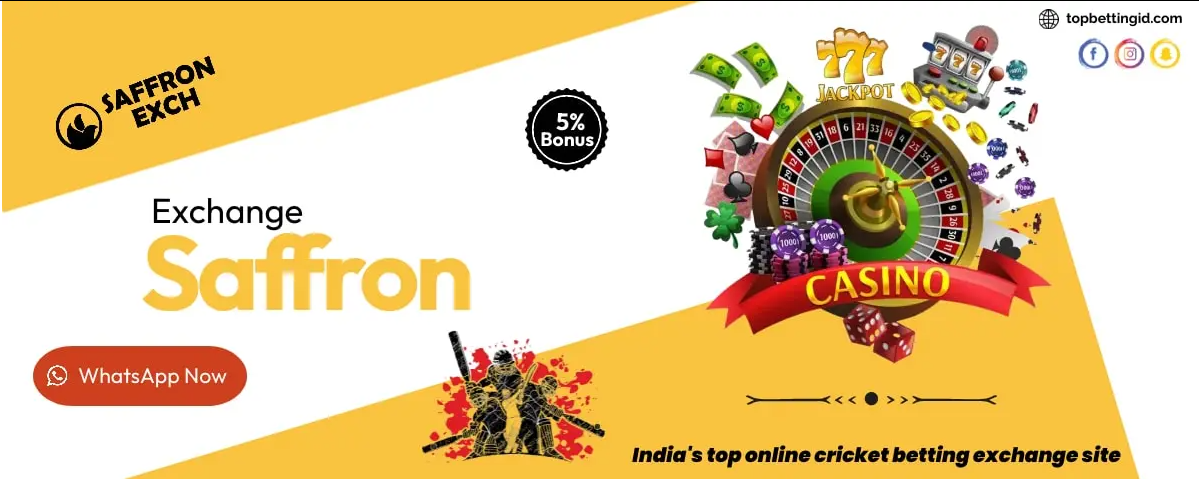The Rising Tides of Saffron Exchange: Unraveling the Golden Trade
In the world of spices, few can match the allure and mystique of saffron. Revered for its vibrant color, unique flavor, and rich history, saffron is more than just a seasoning; it is a symbol of luxury, cultural heritage, and economic prosperity. The global saffron exchange has been undergoing a transformative journey, capturing the interest of traders, investors, and consumers alike. In this article, we explore the dynamics of the saffron trade, its significance, and the factors shaping its trajectory.
The Saffron Elixir: A Brief Overview
Saffron, derived from the crocus flower (Crocus sativus), has been cultivated for centuries, with its origins dating back to ancient Persia (modern-day Iran). To obtain just one pound of saffron, it requires the stigmas of around 75,000 flowers, making it one of the most labor-intensive crops in the world. Its rarity and unique cultivation process contribute to its high market value, earning it the moniker "red gold."
The main saffron-producing countries include Iran, India, Spain, Greece, and Afghanistan. Iran stands out as the largest global producer, responsible for more than 90% of the world's saffron output. This dominance has a significant impact on the international saffron exchange.
The Saffron Exchange: Economics and Trade Dynamics
The saffron exchange plays a crucial role in connecting producers and consumers across the globe. Iran, being the largest producer, naturally holds the key to global saffron prices. However, several factors influence the economics of the trade:
- Climate and Yield: Saffron cultivation is highly sensitive to climatic conditions. Changes in weather patterns and temperature fluctuations can impact the yield and quality of the spice. Adverse weather events in major producing regions can cause fluctuations in saffron prices.
- Demand and Consumption: The demand for saffron is influenced by its use in various industries, including food, cosmetics, and medicine. It is also popular in traditional and gourmet cuisine. The rising global interest in exotic flavors and natural ingredients has contributed to the increasing demand for saffron.
- Regulations and Quality Standards: Ensuring the authenticity and quality of saffron is crucial in maintaining the integrity of the trade. Regulatory bodies and quality standards have been established to combat fraud and protect consumers from counterfeit or adulterated saffron.
- International Relations: The geopolitical landscape can impact saffron trade dynamics, especially when it comes to economic sanctions or trade agreements affecting major saffron-producing countries.
Investing in Saffron: A Golden Opportunity?
As saffron prices continue to rise, some investors have turned their attention to this golden opportunity. Investing in saffron can be lucrative, but it comes with its challenges. The volatile nature of the saffron market, coupled with the uncertainties related to climate and geopolitical factors, make it a riskier investment compared to more traditional options. Additionally, saffron production is limited to specific regions, making it susceptible to supply-side shocks.
Nonetheless, the potential for high returns has attracted investors willing to take calculated risks. Some countries are actively promoting saffron cultivation and export to boost their economies, thereby presenting investment opportunities in the saffron value chain.
Safeguarding the Future of Saffron Exchange
The sustainable growth of the saffron exchange depends on various stakeholders collaborating to address key challenges. This includes supporting farmers with modern agricultural practices, investing in research and development for improving cultivation techniques, and promoting fair trade practices to ensure a stable income for producers.
Furthermore, raising awareness about the cultural significance and economic importance of saffron can help safeguard its future. Preserving traditional saffron-growing regions and heritage can also promote tourism and stimulate local economies.
Conclusion
The saffron exchange is experiencing a period of transformation, fueled by rising demand, changing consumer preferences, and economic opportunities. As this precious spice continues to weave its way into the global market, it is essential to strike a balance between commercial interests and sustainability to ensure a vibrant and thriving saffron industry for generations to come.





Comments